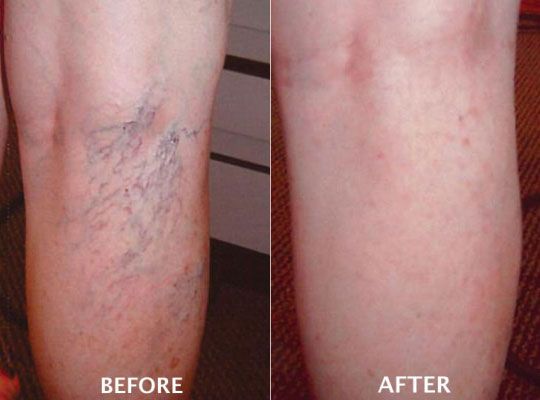sclerotherapy
spider vein

their varied colors, visible just beneath the skin’s surface. Typically appearing as fine, reddish, or purplish lines, they are mainly found on the lower extremities, particularly the legs.
In managing spider veins, two primary treatment methods are utilized: sclerotherapy and laser therapy, both offering effective solutions for reducing or eliminating them.
It’s worth noting that spider veins more commonly affect women than men. In most cases, these veins are harmless and painless, posing minimal health risks. However, if they cause discomfort or other undesirable symptoms, seeking medical advice from a qualified healthcare provider for available treatment options is advisable.
how can we do sclerotherapy?
Sclerotherapy effectively treats varicose and spider veins.
It’s often considered the treatment of choice for small varicose veins.
Sclerotherapy involves injecting a solution directly into the vein.
The sclerotherapy solution causes the vein to scar, forcing blood to reroute through healthier veins.

What is the difference between sclerotherapy and foam sclerotherapy?
Both procedures use the same ‘sclerosing’ agent — sodium tetradecyl sulfate (STS). With “sclerotherapy,” the solution is injected in its liquid form. Generally, it is used in cosmetic procedures. With foam sclerotherapy, air is mixed with the sclerosing agent to achieve a consistency similar to shaving cream. This foam is more useful in the treatment of longer and larger veins. Insurance is more likely to cover the foam procedure. RIA Endovascular can provide guidance on which vein therapy is best for you.
Am I a candidate for foam sclerotherapy?
To find out if foam sclerotherapy— or another procedure — is right to treat your spider and varicose veins, an initial clinical evaluation is required.
- History and physicial exam
- Detailed assessment of your legs
- Pictures of varicosities for our chart and insurance company
- Explanation of potential procedures
- Possibly an ultrasound of the legs will be required


